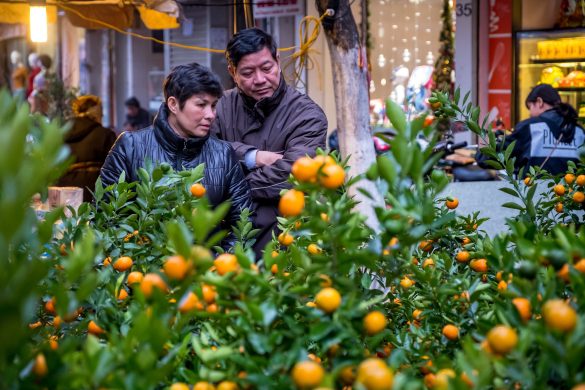Af Helle Munk Ravnborg
Seniorforsker på Dansk Institut for Internationale Studier (DIIS)
When developing countries seek to improve their water supply by constructing piped drinking water schemes and then prohibiting people from using the piped water for bathing, this often creates new problems.
People then have to wash themselves in local rivers and streams and these are frequently polluted
Supplying clean drinking water to people in towns and rural areas in developing countries is very important. Fortunately, a steadily growing share of people in the Third World have access to clean drinking water.
But water is not just for drinking. When a village called San Isidro in Condega district in Nicaragua had their water supply improved through the construction of a public piped water scheme fed by water from a local spring, the local village stream dried out.
Because the piped water may only be used for drinking, this means that the more than 500 people living in the village must now walk long distances to take a proper bath.
In other words, by solving the problem of supplying adequate drinking water, one often creates new problems such as cutting off the amount of water available for other purposes like bathing and washing clothes.
But what is more, a third of all households in Condega district have experienced problems from having to wash themselves in contaminated water and run the risk of becoming ill.
Among the sources of this contamination are cattle which are led to the rivers and streams to drink, the washing of clothes in the streams and rivers, and – increasingly – the use of agricultural pesticides.
It is especially during dry periods, when rivers and streams dry out and the irrigation of fumigated potatoes and tomatoes is most intense that the risk of contracting rashes (udslæt) and other diseases from river water is highest.
Eight out of ten of the more than 2.500 farms in the municipality use agricultural chemicals when cultivating crops such as maize, beans, potatoes, tomatoes, coffee and tobacco.
This is one of the findings from the Competing for Water research programme coordinated by the Danish Institute for International Studies (DIIS).
The programme examines the consequences of increased competition for water for poor people in five districts in Africa, Asia and Latin America. Condega district in Nicaragua is one of these districts.
The use of agricultural chemicals takes place both to combat weeds and to prevent fungal infections on crops such as potatoes and tomatoes.
Unfortunately, the research programme also reveals that several of the most popular pesticides in Condega include chemicals which were banned in Denmark and elsewhere many years ago. They continue to be used in developing countries, however, and are often referred to as ‘the dirty dozen’.
Among them is a herbicide called Gramoxone (paraquat), which is employed on more than two thirds of farms in Condega and a pesticide known as MTD (methamidophos), which is used on nearly a third of farms in Condega when farmers cultivate tomatoes, potatoes and beans.
Donors should support local water governance
Although district authorities and local health workers are often well aware of this problem, it is difficult for them to act as long as rivers provide people with their only opportunity to wash themselves and their clothes as well as supplying their animals with drinking water.
The situation is not helped by the fact that national legislation permits the use of such chemicals. Moreover, existing rules are not being enforced because the authorities lack personnel.
Tackling these problems at both the national and district levels is an important area which merits support as part of the international development cooperation in which Danida and other international development agencies take part.
Kilde: www.diis.dk














